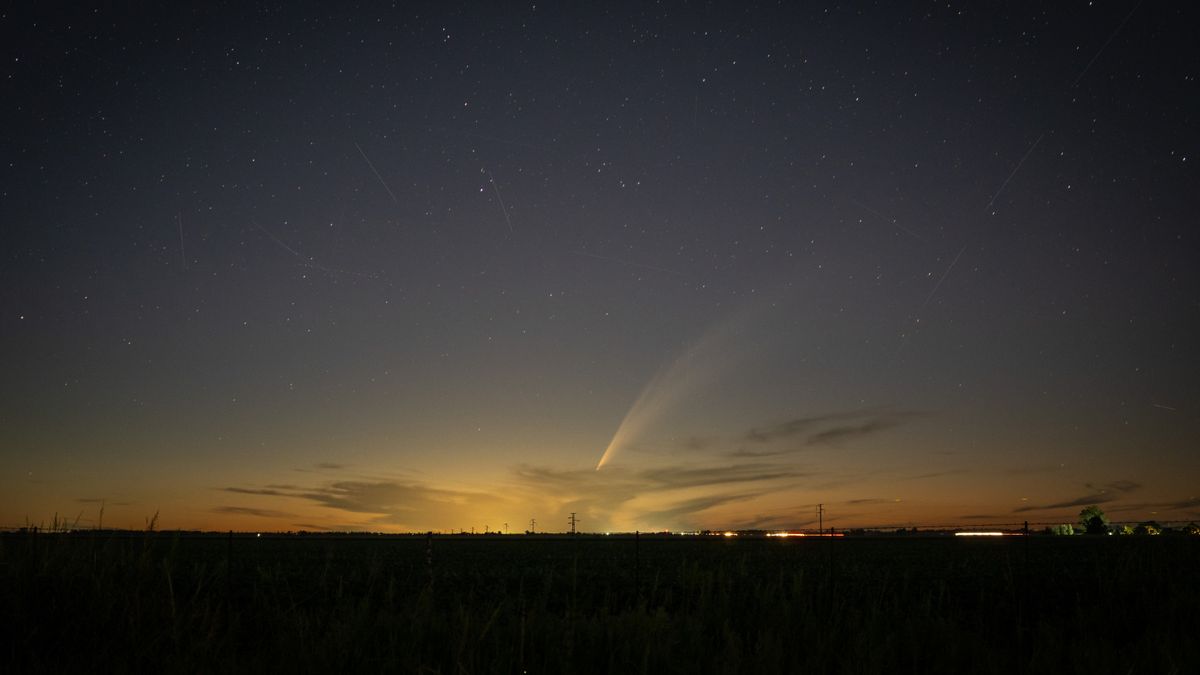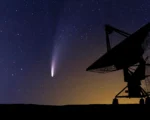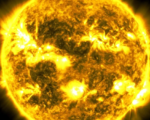Comet C/2024 G3 May Be Breaking Apart After Close Solar Encounter
New data indicates that Comet C/2024 G3 (ATLAS), which recently became visible to the naked eye, might be undergoing disintegration following its close approach to the Sun. On January 15, during its perihelion — the point in its orbit closest to the Sun — the comet was exposed to intense solar radiation, which could have caused significant thermal stress. Initially, the comet appeared unaffected, but recent astrophotographic images have shown signs that the comet’s structure might be deteriorating. As it moves away from the Sun and back toward the distant Oort Cloud, it is expected to remain there for around 160,000 years before returning.
Signs of Potential Disintegration
Astrophotographs taken between January 18 and 20 by Hungarian photographer Lionel Majzik, from Chile, reveal notable changes in the comet. The images, which were shared on Spaceweather.com, show that the comet’s coma has dimmed significantly, and its tail now features a bright streak, or “streamer.” These changes suggest that gas and dust might be escaping from the comet, possibly due to cracks forming in its nucleus. The appearance of the streamer and the dimming of the coma point to thermal stress from the close solar encounter, which might have weakened the comet’s structure.
Expert Insights and Theories
Richard Miles, a comet expert from the British Astronomical Association, noted that early observations after the comet passed its perihelion showed no signs of damage. However, with the recent discovery of the dimming coma and the development of the streamer, experts are reconsidering the comet’s stability. Predicting the behavior of comets is notoriously difficult, especially when they are affected by such extreme forces as those from the Sun. Some experts, including amateur astronomer Nicolas Lefaudeux, believe that fluctuations in the comet’s brightness could be related to its changing position relative to the Sun. Yet, the appearance of the streamer does not align with this theory, suggesting that more significant changes may be taking place in the comet’s structure.
Looking Ahead
As Comet C/2024 G3 continues its journey back to the Oort Cloud, scientists will closely monitor its behavior. The comet’s current signs of disintegration could offer valuable insights into the physical processes that occur when a comet is subjected to intense solar heat and radiation. While its fate remains uncertain, the recent observations have added another layer of intrigue to the already fascinating journey of this newly visible comet.













